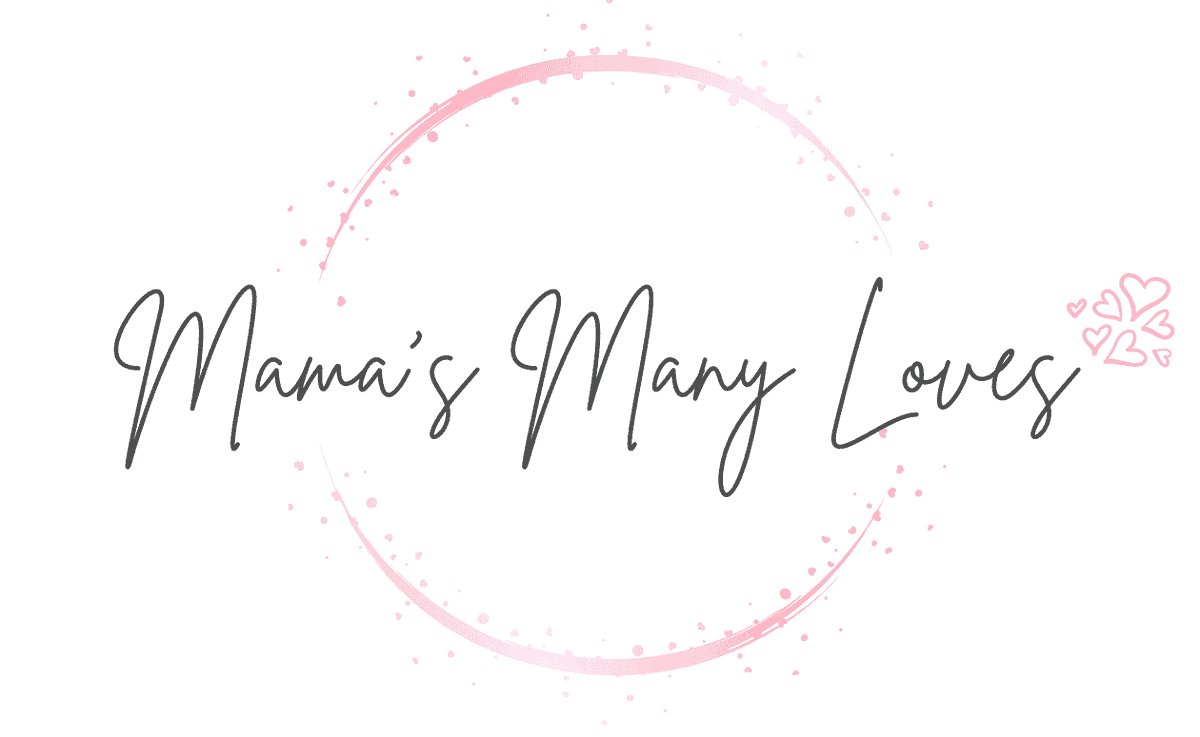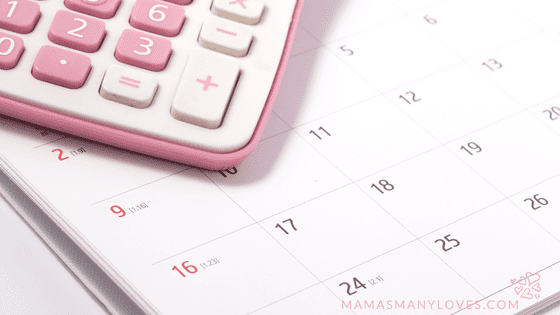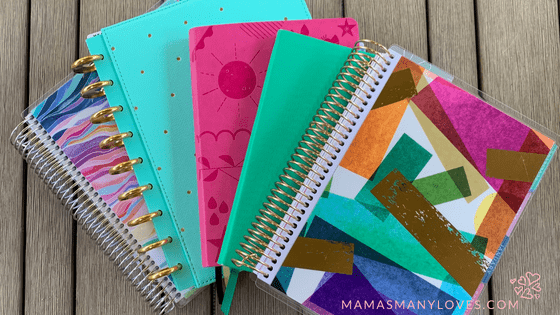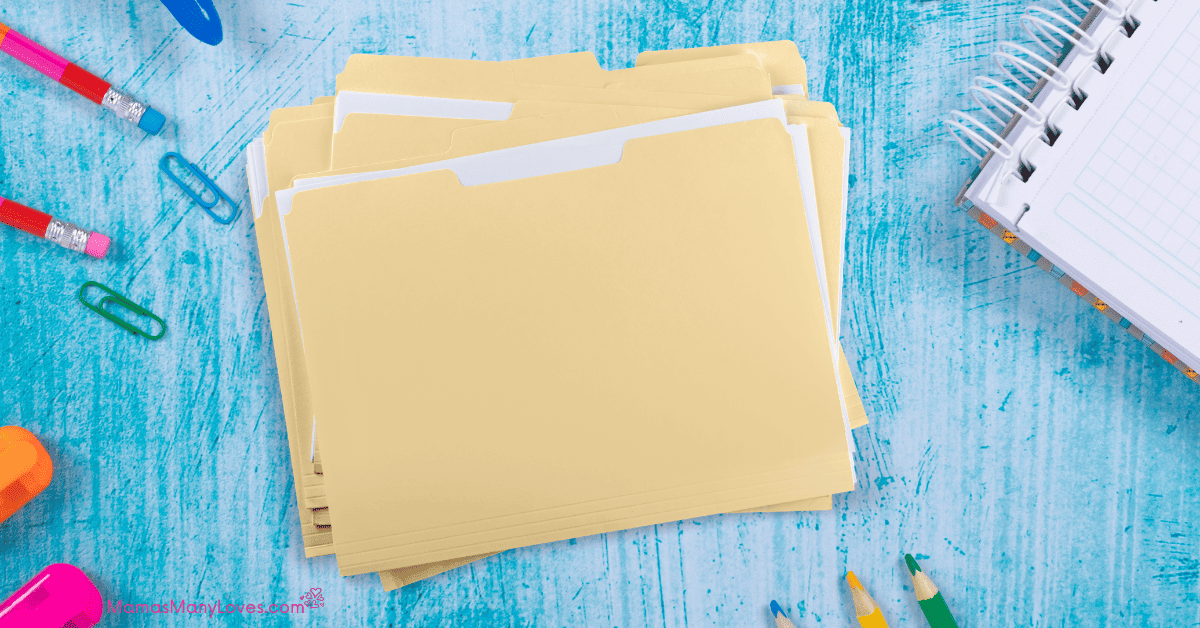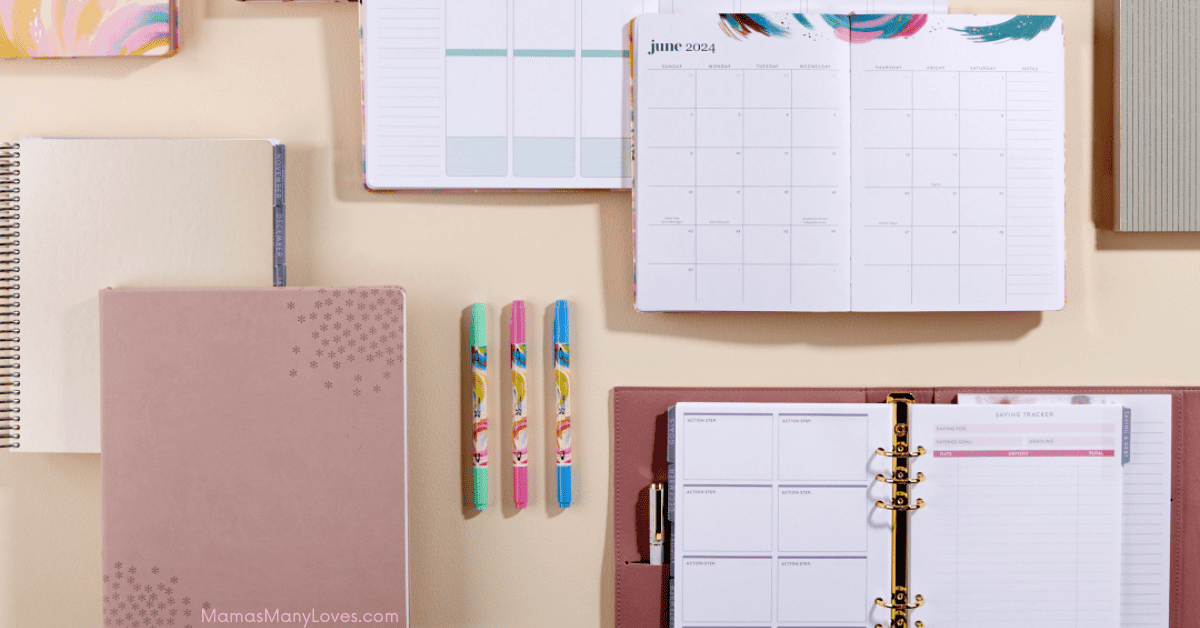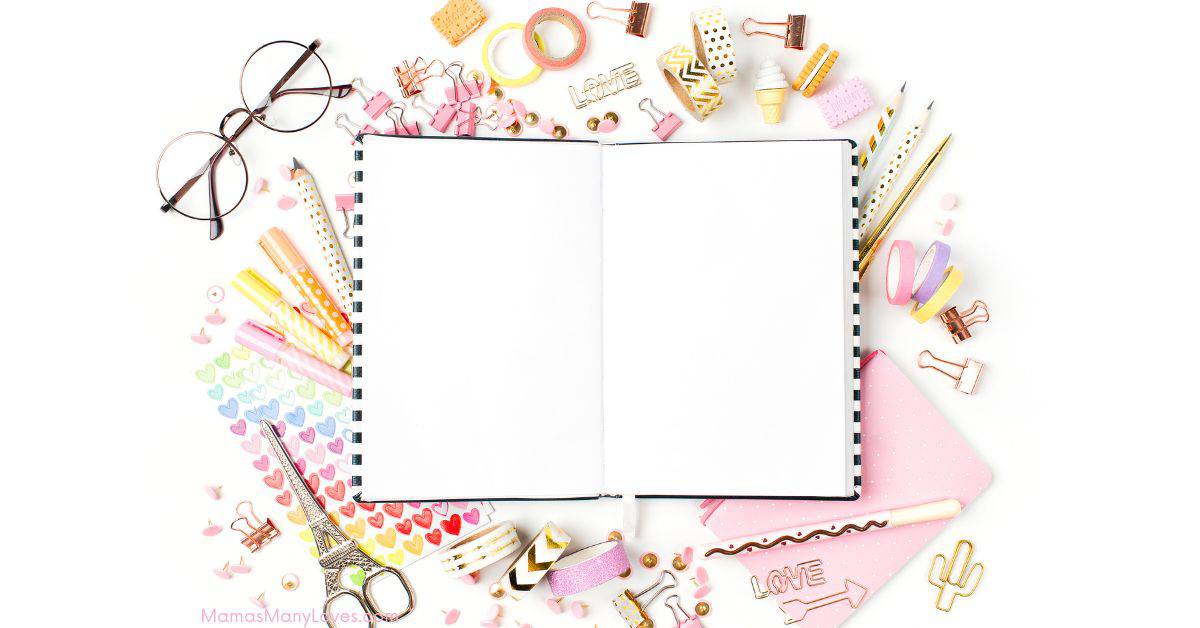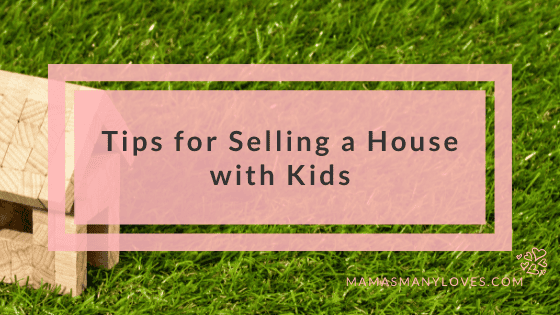How to Choose the Perfect Paper Planner: Tips and Tricks
If you click on a link and make a purchase, I may receive a commission at no extra cost to you. For more information, please read my Affiliate Disclosure. All opinions are my own and based on my personal experience with the product or service unless otherwise stated. Thank you for supporting my small business!
Paper planners will always win over digital planners for some people, and I am one of them! Choosing a paper planner can be overwhelming, with so many options available. But the right planner can be a game-changer for productivity, organization, and goal setting.
Let’s consider everything you need to select the best physical planner for your unique lifestyle and personality. From identifying your needs and goals to choosing the best layout, paper, and design, I’ve got you covered.
Consider Your Unique Needs
Is this planner simply to keep track of appointments and day-to-day plans? Track work, home, and personal information? Set goals and make life-organizing lists? All things to consider in choosing the type of planner that will work in the long run.
Are you someone who needs a lot of space to write out detailed plans and daily to-do lists? If so, a daily planner may be best. Family activities and meal planning could likely work in a weekly planner. If you’d rather have your month at a glance, with no need for daily lists or notes, a monthly planner may be more your speech.
Choosing a Planner Size
Size is important when considering a planner. Do you want a full-size 8.5 x 11 planner? That could be hard to fit into a purse daily if you need that flexibility.
Would 7 x 9 fit your lifestyle better? Or do you need the tiny but mighty A5 size? Don’t forget to factor in how much writing space you need. Do you write small and can fit things into a little planner, or do you have larger handwriting and need lots of space? The good news? Most brands offer planners in different sizes and configurations to find your best fit.
I also suggest looking at where you plan to use your planner-sitting on your desk as you work from home each day versus taking it out and about with you. If you plan to carry it with you, be sure it will fit in your purse/workbag/diaper bag. Once you’ve identified your ideal planner size, it will narrow down your options.
Finally, be sure to consider the thickness of the planner. My Erin Condren Coiled LifePlanner is more than an inch thick, without added stickers, post-its, notes, etc. Thickness can add a lot of bulk to a planner you carry every day, no matter how tall or wide the planner is.
Planner Layout Options
Planner layouts can make or break the usability of your planner. These days, paper planner layout options are endless so it’s easy to find one to meet your specific needs.
Certain planner companies, such as Plum Paper are fully customizable, while Erin Condren has multiple premade vertical and horizontal layouts to choose from. If you love a particular planner and layout but it is missing something small, for example, a grid to monitor your water intake, consider purchasing tracking stickers to make your planner work for you. These simple workarounds for little changes can help to make your favorite planner work for you.
Narrowing down your optimal layout can also help you eliminate one of your planner options right off the bat. For example, I love Commit30’s planner cover design for 2024. However, I am looking for a purple planner and the Commit30 purple planners only come in a Sunday start. Over time I have learned that a Monday start is imperative to me utilizing my planner effectively to organize my family’s weekends, so Commit30 is out, despite how much I love their 2024 cover design.
Questions to Consider when Choosing a Paper Planner Layout
Daily pages or weekly? Daily planners tend to be very thick or split into 3-6 month planners to keep the size reasonable. Weekly planners will typically have all 52 weekly pages in a single planner. Monthly planners are the thinnest, as they have the 12-18 months of the year plus some added notes pages typically, but nowhere near as many pages as daily or weekly planners.
If weekly, which day of the week would you like your weekly layout to start? Options typically include Sunday or Monday start dates and show the entire week in each weekly spread.
Do you want a planner that covers a whole year or just a few months at a time?
Do you need monthly calendars for at-a-glance planning?
Do you need space for habit trackers and goal lists, and if so will you be tracking each day/week/month?
Planner Flexibility
How flexible do you need your planner to be? Would you prefer a preprinted layout that stays consistent throughout the life of the planner? Or perhaps bullet journals are more your style, allowing you to lay out each week yourself and change it based on your needs. There are also dated versus undated planners to choose from.
Happy Planner allows you to add and move pages around, while traditional coil bindings such as Erin Condren and Plum Paper are more set in stone. Some people are able to uncoil their entire planner and reformat it, but that sounds like a lot of work (and a potential disaster if they don’t go back correctly, get mixed up, etc).
Planner Budget
Paper planners come in a wide variety of prices. Decide what you are willing to pay for a planner, remembering that if you plan to invest in a lot of stickers, decorative kits, and other accessories they will add up.
Erin Condren is a pricier planner, but the pages are pre-decorated in colorful or neutral designs of your choosing. This will likely require less of an investment in planner accessories such as stickers, washi tape, etc. Less expensive planners include Plum Planners, Happy Planner, and Commit30 planners.
Binding Type
There are many options for paper planner bindings. Spiral, softbound, rings, and discs are the most common, and different types of planners often utilize different bindings.
A spiral coil planner is typically thicker than a softbound, and not all planners come in both styles. Also, this may sound silly, but what type of spiral binding? My pages always fall out of those when I use the spinal-bound books that don’t go all the way around so I eliminate any planners that only come in that type of binding and only use fully coiled bindings.
Some planners such as Erin Condren LifePlanner have both softbound and spiral-bound planner options. Remember this does limit any additions to the planner as they are bound in production. Happy Planners use their own disc system which allows more flexibility. You can add, remove, and move pages around as you go with disc or ring planners.
Paper Quality
Different planners and planner companies offer different thicknesses of paper for their planners. For a full round-up of what types of papers the big planner companies offer, see my blog post breaking down Erin Condren Planner Alternatives.
Thicker paper is less likely to have pens, markers or highlighters bleed through to the other side, but typically comes with a higher price tag.
Cover Design Options
Do you want a personalized cover? Plastic dry-erase cover? Leather? Vegan leather? A folio-type cover? Colorful, basic, solid colored? There are so many beautiful paper planner cover options.
Some coiled planners offer interchangeable covers, for example, Erin Condren, so that you can purchase extras and change them throughout the year depending on seasons, holidays, or just your mood! I typically buy at least one extra Erin Condren cover to mix things up throughout the year.
Monthly Dashboards
Most planners have a dashboard page at the front of each month, near the monthly view pages. They typically have a few divided sections, sometimes with bullets, lines, or just a large blank space for you to use as works best.
Extra Pages
In the old days, extra pages at the end of planners included maps, helpful phone numbers, contact information, and other things that I now consider a waste of valuable planner space. Some planners continue to use pages for this-I’m looking at you Graphic Images!! Nowadays planners may have lined blank pages, dotted pages, notes pages, or any combination of the above.
Read Reviews and Recommendations
Before making a final decision, read reviews and seek recommendations from fellow planner enthusiasts. I advise following the planner company, or your favorite planning guru on Instagram or another social media platform. This allows you to see the planner in action, from real people, not just the company’s promotional materials.
Most planner companies will share stories from those tagging their planner, allowing you to take a deep dive into that person’s recommendations and real-life planner usage.
How to Choose the Perfect Paper Planner: Tips and Tricks
Choosing a paper planner that suits your needs and preferences is a personal journey. Your perfect planner should help you to feel organized and productive, not scattered and confused. My favorite planners are those from Erin Condren, and I look forward to purchasing one each new year, but everyone’s personal planners are as different as our personal preferences.
For more information on paper planners, be sure to check out my other planner posts:
